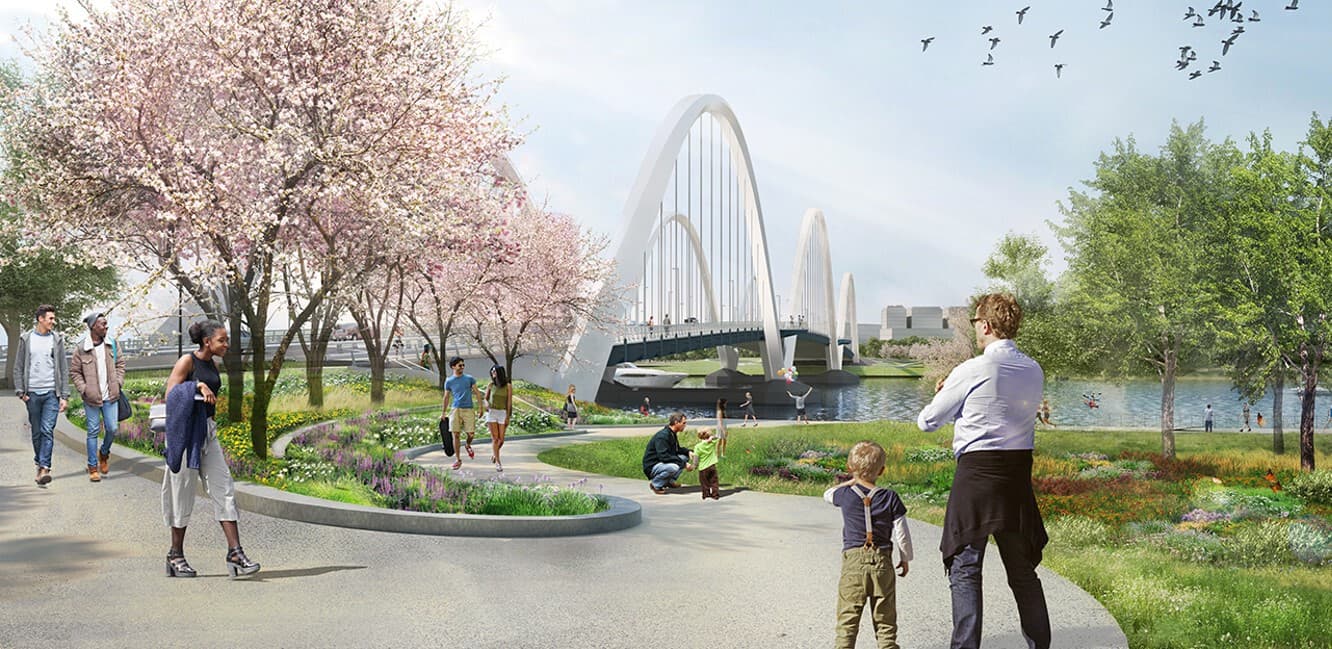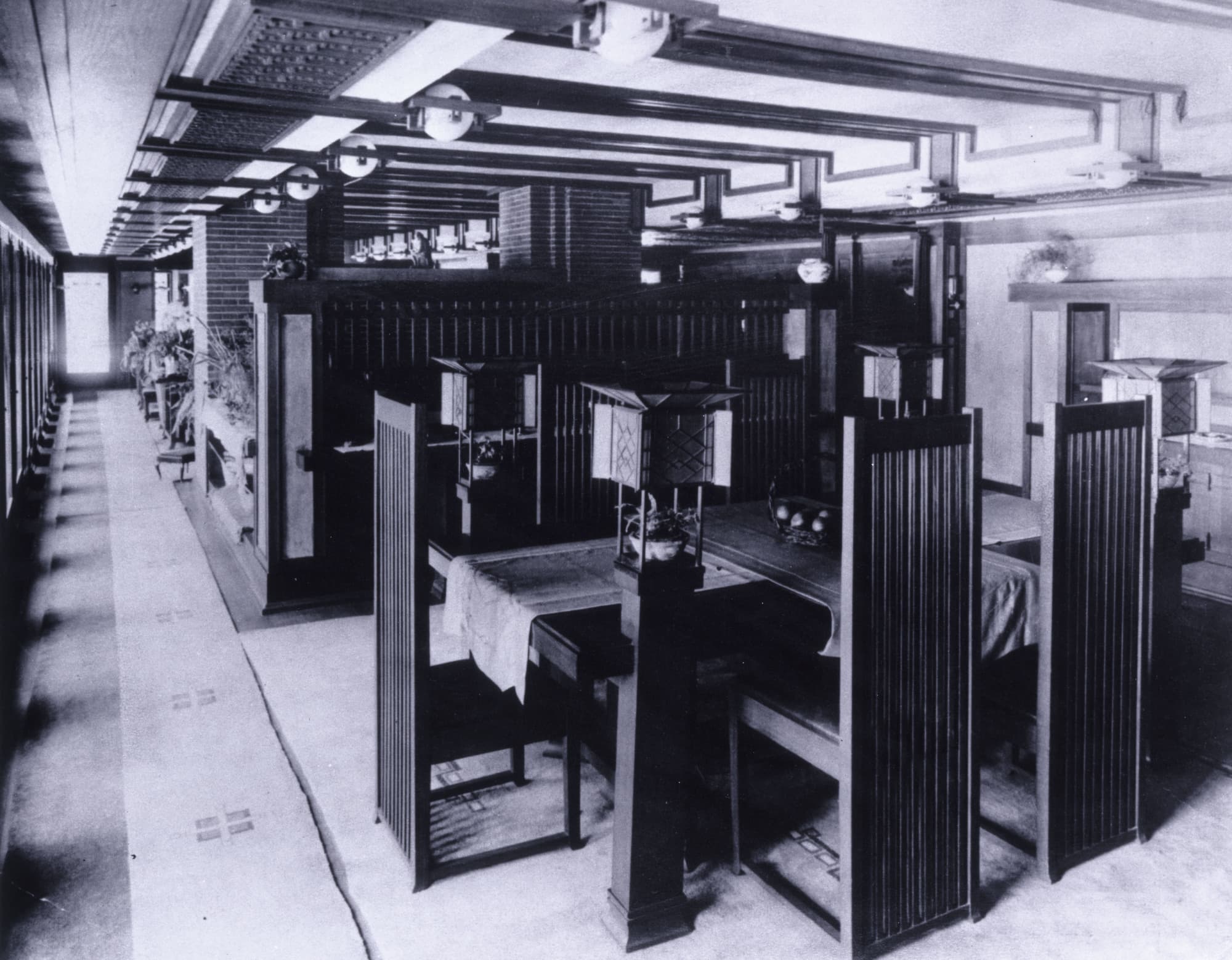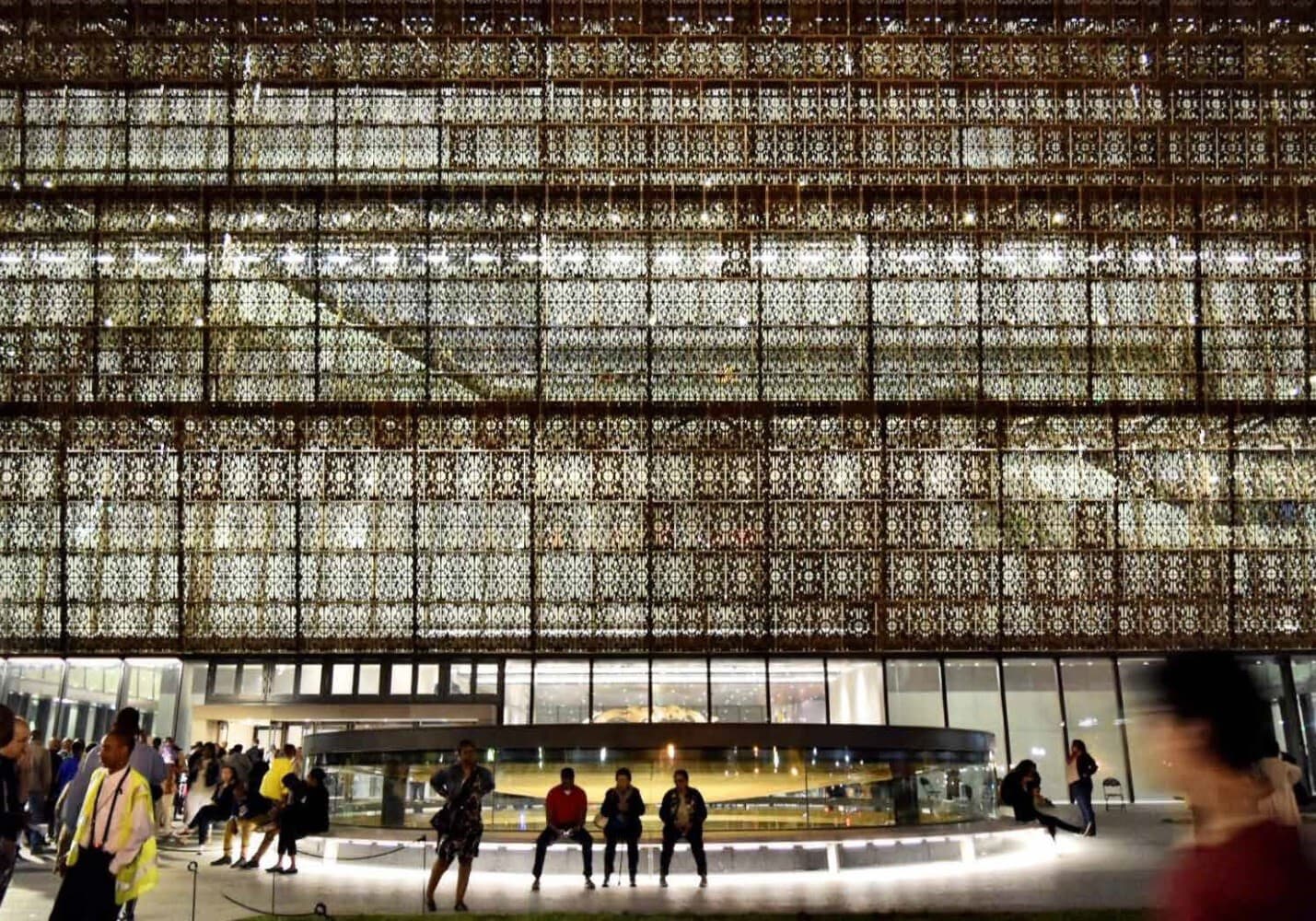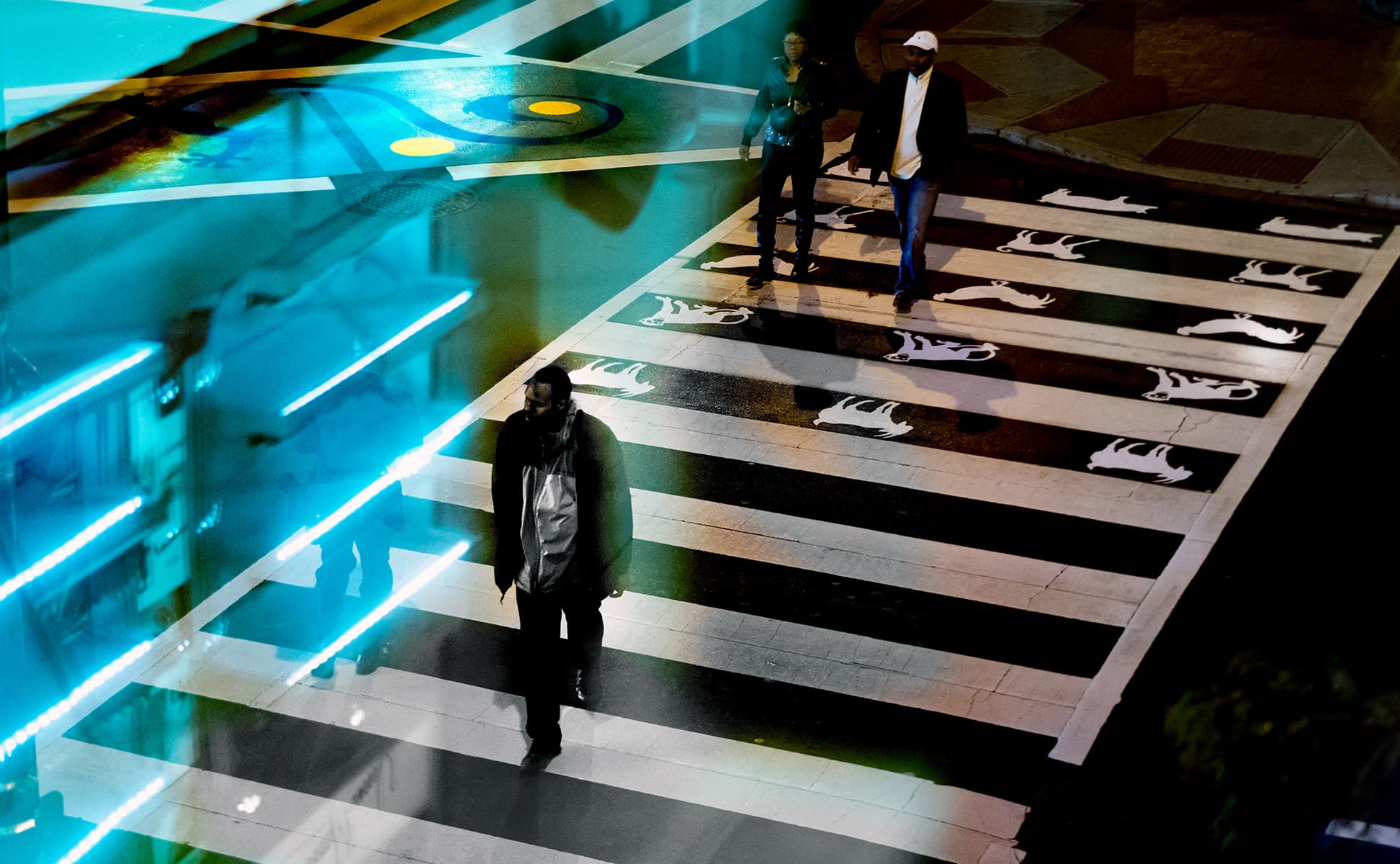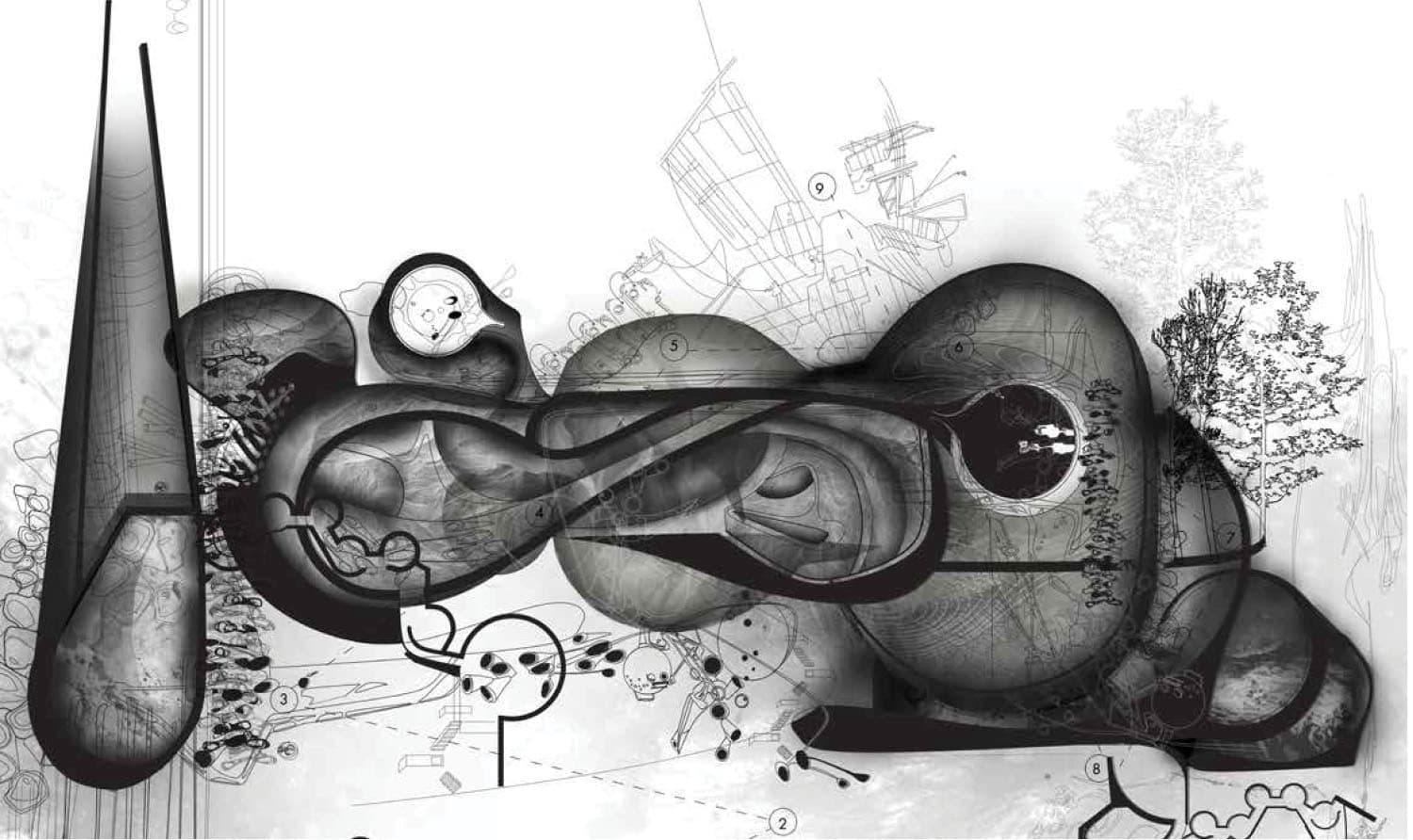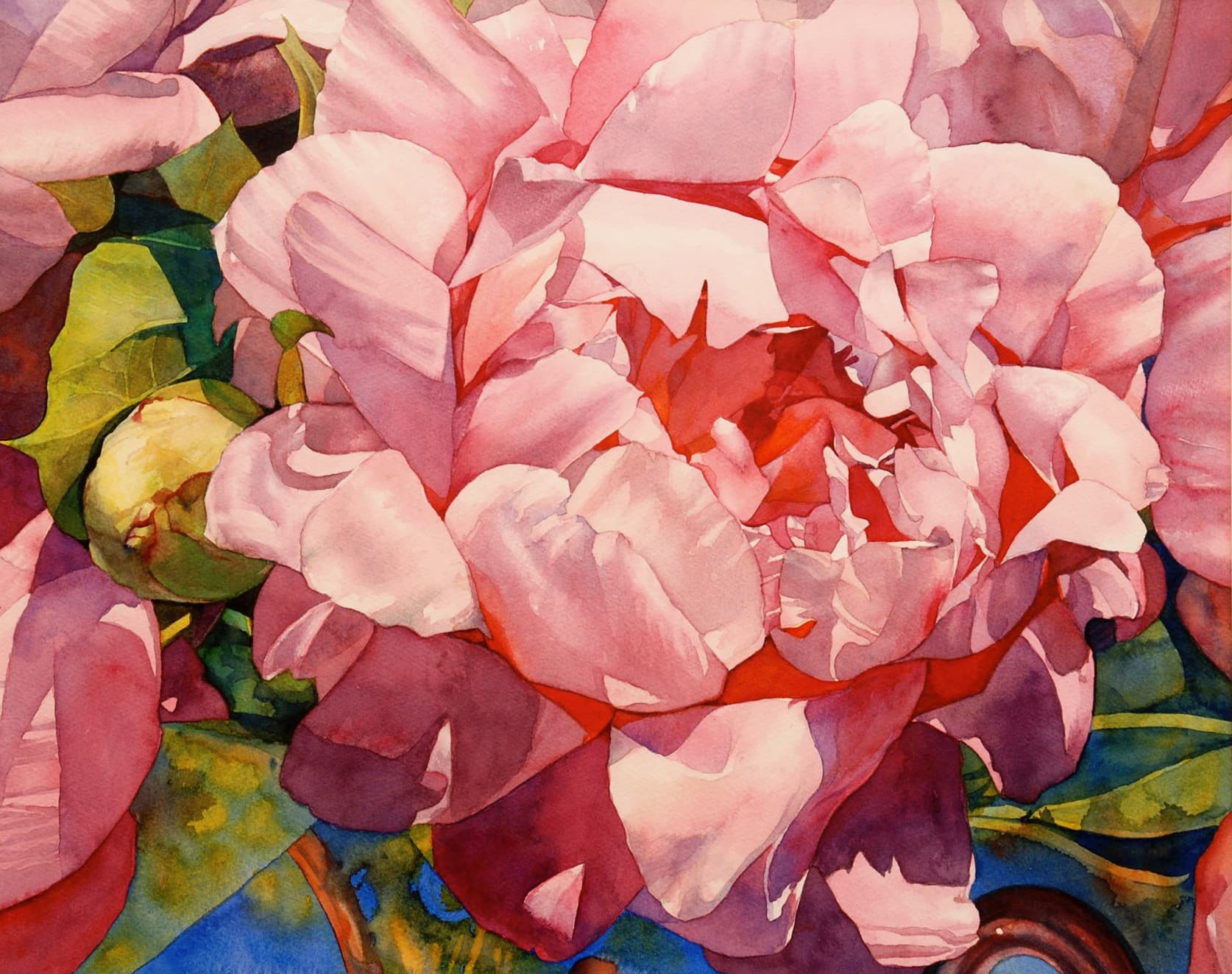-
Date
Wednesday, September 18 2019-Friday, November 08 2019
-
Time
Multi-day event.
-
Location
Wildcat Mountain Residence by David Jameson Architect – Photo by Paul Warchol Photography
The 2019 Awards Show combines award-winning projects from two of AIA|DC’s largest competitions:
Each year, our competitions recognize practitioners, educators, and students within the architecture community who demonstrate excellence in design. Projects are selected by distinguished juries of design professionals based outside of the Washington metropolitan region. Congratulations to all the winners.
Announcing our 2019 Awards Show People's Choice Award Winner: The Grass House by bld.us
2019 Chapter Design Award Winners and Jury:
Ayers Saint Gross and Jonathan Kuhn Architect; bld.us; CORE architecture + design; David Jameson Architect; DLR Group; EL Studio; Hartman-Cox Architects; ISTUDIO Architects; KPF and FOX Architects; McInturff Architects; OTJ Architects; Peabody Architects and Deco Design Studio; Perkins Eastman DC; Reader & Swartz Architects; Robert M. Gurney, FAIA, Architect; Shalom Baranes Associates; SHoP Architects; Stantec Architecture; Suzane Reatig Architecture; Wiedemann Architects LLC
- Andrew West, AIA of Elkus Manfredi Architects
- Barbara A. Campagna, FAIA, LEED AP of Barbara A. Campagna/Architecture + Planning, PLLC
- James E. Richärd, AIA of richärd+bauer
- Michael Gabellini, FAIA of Gabellini Sheppard Associates
- Dina Griffin, FAIA, NOMA, IIDA of Interactive Design Architects
2019 Washington Residential Design Award Winners and Jury:
bld.us; DLR Group; Donald Lococo Architects; Gardner Architects LLC; McInturff Architects; Robert M. Gurney, FAIA, Architect; Studio Twenty Seven Architecture
- David Leven, AIA of LevenBetts
- Richard Buchanan, AIA of Archer Buchanan
- Anne Fougeron, FAIA of Fougeron Architecture
The 2019 Awards Show is organized by AIA|DC for the SIGAL Gallery and Suman Sorg Gallery.
This exhibition was produced in ArchiCAD, courtesy of Graphisoft.
Generously supported in part by BluEdge.


